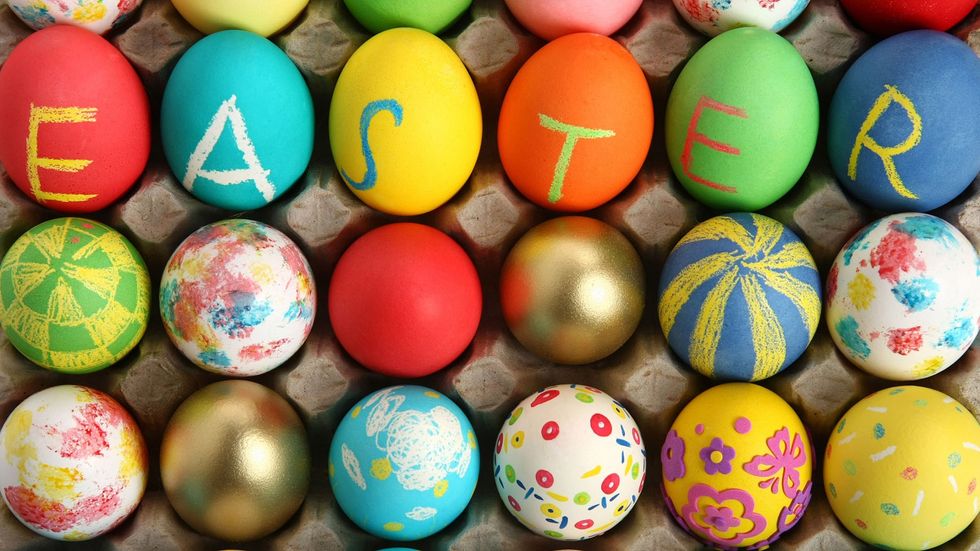When I was a young child, I would wake up early Easter Sunday and rush to see what the Easter Bunny had left for me. In my Easter basket, I would usually have a chocolate bunny, marshmallow eggs, and some other candies, like jellybeans. After I went through my basket, my parents would always help me dye eggs bright colors to use for an Easter egg hunt later in the day.When we got to church, the whole chapel would be decorated with Easter lilies. I would be dressed in a pretty gown and the pastor would talk about a little lamb.
While Easter was always a fun holiday, at six years old, I didn't know the meaning behind any of these items. I just knew that I enjoyed eating candy, dyeing Easter eggs, and listening to the pastor's story. However, now that I am older and a mother myself, I was curious to see what these traditional things actually symbolized. Therefore, I decided to research information about every day items we use to symbolize Jesus Christ's resurrection.
As a Christian, I know that we celebrate Easter to remember when the son of God sacrificed Himself for our sins and then rose from the dead three days later. However, I did not realize that everything we use to celebrate Easter with connects to our Savior washing away our sins.
For example, the famous Easter Bunny is not just a story we tell children. There are actually two meanings behind the rabbit. The rabbit is an ancient symbol of the moon. We use the moon to determine which day Easter Sunday will be held. Easter is usually held on the first Sunday after theMarch equinox's full moon. Christians also relate the rabbit to the resurrection of Jesus Christ because many people believe that a rabbit coming out of its burrow is similar to Jesus Christ leaving the tomb on the third day.
Easter eggs also have several meanings. First, eggs symbolize new life, which is what the Lord offers us if we will believe in Him. Eggs are also an oval shape, which is similar to both a seed and a drop of rain. Raindrops and seeds are important to life on Earth surviving. Eggs themselves symbolize new life because many animals hatch from eggs.
Even the flowers many churches decorate with have ties to Jesus Christ's resurrection from the grave. Easter lilies are the most commonly used because their coloring symbolizes purity and is supposed to remind others of the purity of Jesus Christ. Without Him, we would have no chance for eternal life and salvation.
As a little girl, I loved the story of the lamb, even though I did not connect it to God's sacrifice right away. However, now I understand why Christians refer to Jesus Christ as the Lamb. In Jewish Passover, each family sacrificed a lamb to God. However, when Jesus Christ sacrificed Himself, he became the Lamb for everyone. His sacrifice washed away all of humanity's sins and gave us the chance to spend eternity with our Father in Heaven.
This Easter, as you celebrate with your family and friends, pay attention to the symbols around you. Each element of Easter---the Easter Bunny, the dyed eggs, even the flowers---relate to God's decision to make the ultimate sacrifice for His children. Jesus Christ came to Earth to save us and to offer us hope. He was killed as an innocent man and rose from the grave three days later. Now, Jesus Christ sits at the throne of our Father. Every Easter, we remember His sacrifice and His miraculous resurrection.
Blessed be the Lamb.




 Energetic dance performance under the spotlight.
Energetic dance performance under the spotlight. Taylor Swift in a purple coat, captivating the crowd on stage.
Taylor Swift in a purple coat, captivating the crowd on stage. Taylor Swift shines on stage in a sparkling outfit and boots.
Taylor Swift shines on stage in a sparkling outfit and boots. Taylor Swift and Phoebe Bridgers sharing a joyful duet on stage.
Taylor Swift and Phoebe Bridgers sharing a joyful duet on stage.













